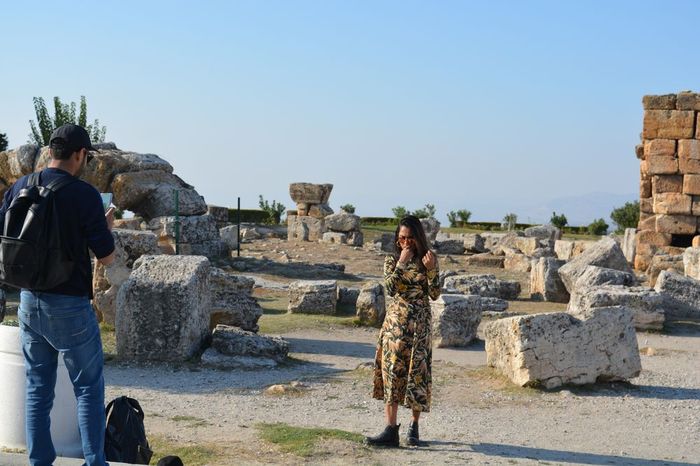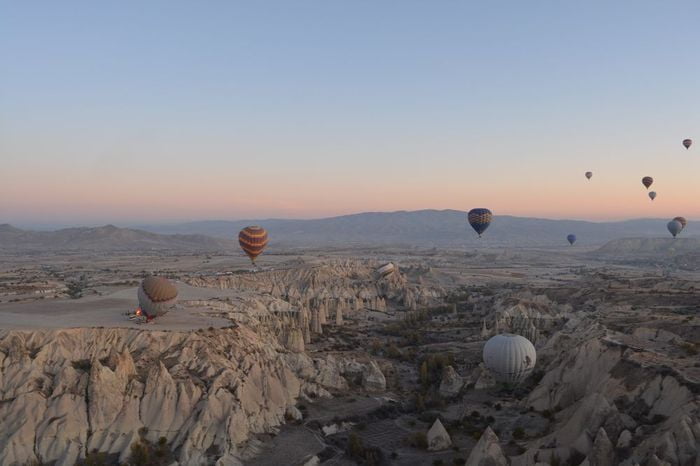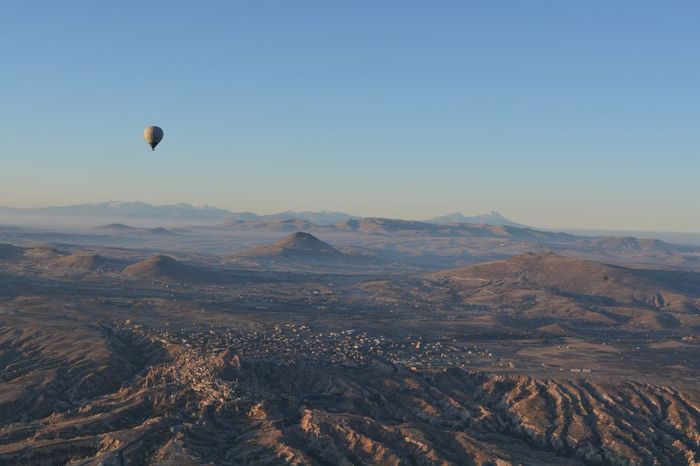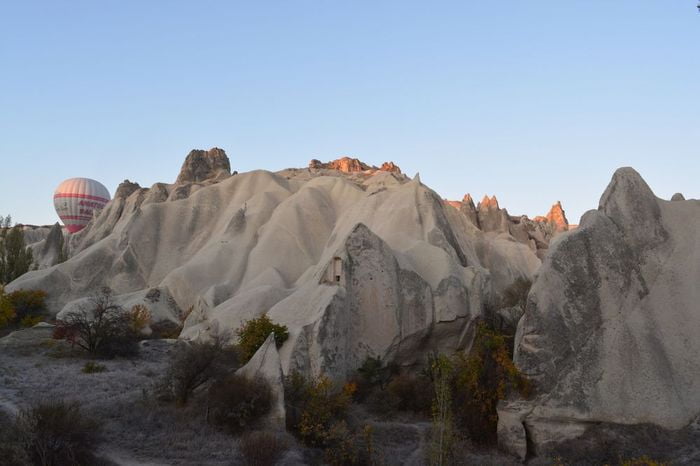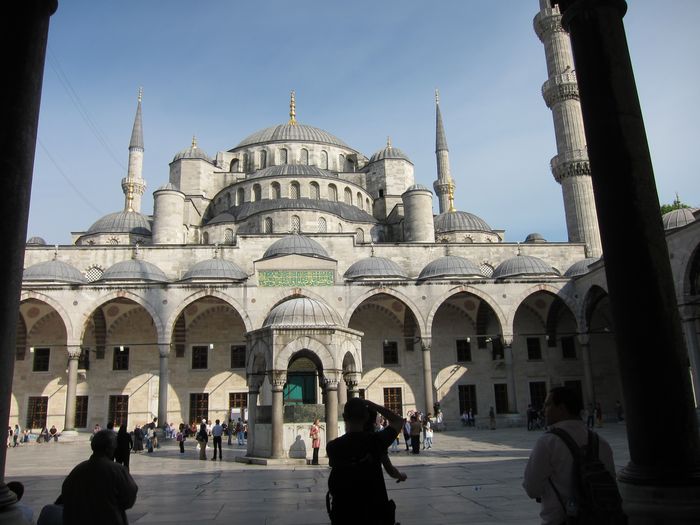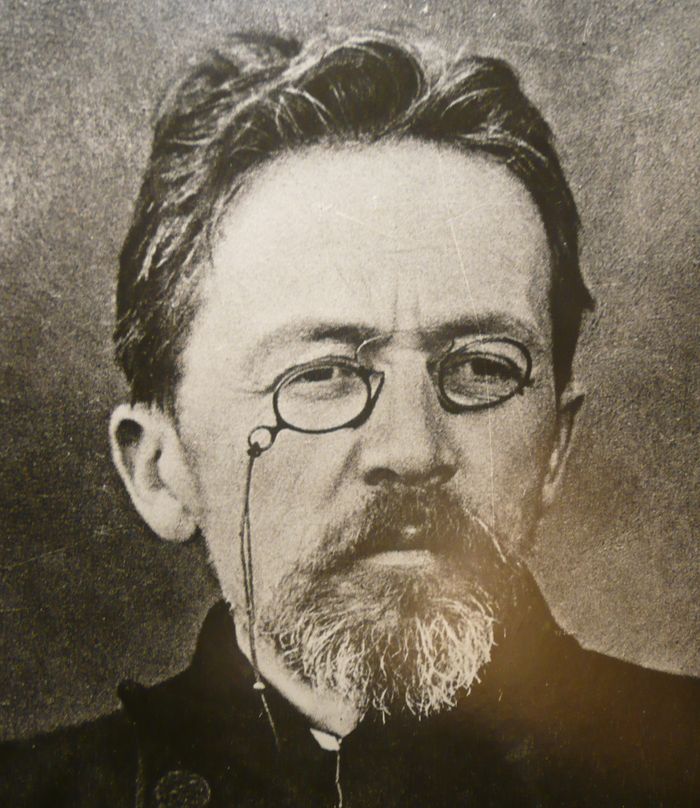We notice, however, in the first centuries a certain reluctance to express the pain and humiliation of the Passion of Christ. Whether to spare the susceptibility of new converts, or as a natural reaction from the condition of a persecuted sect, Christ is generally represented as splendid and triumphant.
There are pictures of His Passion even in the catacombs (e.g., the crowning of thorns in the Catacomb of Praetextatus on the Appian way) but the favourite representation is either the Good Shepherd (by far the most frequent) or Christ showing His power, raising Lazarus, working some other miracle, standing among His Apostles, seated in glory. There are no pictures of the Crucifixion except the mock-crucifix scratched by some pagan soldier in the Palatine barracks. In the first basilicas also the type of the triumphant Christ remains the normal one. The curve of the apse (concha) over the altar is regularly filled with a mosaic representing the reign of Christ in some symbolic group. Our Lord sits on a throne, dressed in the tunica talaris and pallium, holding a book in His left hand, with the right lifted up.
Cosmas and Damian
This is the type that is found in countless basilicas in East and West from the fourth century to the seventh. The group around him varies. Sometimes it is saints, apostles or angels (St. Pudentiana, Sts. Cosmas and Damian, St. Paul at Rome, St. Vitalis, St. Michael); often on either side of Christ are purely symbolic figures, lambs, harts, palms, cities, the symbols of the evangelists (S. Apollinare in Classe; the chapel of Galla Placidia at Ravenna). A typical example of this tradition was the concha-mosaic of old St. Peter’s at Rome (destroyed in the sixteenth century).
Here Christ is enthroned in the centre in the usual form, bearded, with a nimbus, in tunic and pallium, holding a book in the left hand, blessing with the right. Under His feet four streams arise (the rivers of Eden, Genesis 2:10) from which two stags drink (Ps. xli, 2). On either side of Christ are St. Peter and St. Paul, beyond each a palm tree; the background is sprinkled with stars while above rays of light and a hand issuing from under a small cross suggest God the Father.
Below is a frieze in which lambs come out from little cities at either end (marked Hierusalem and Betliem) towards an Agnus Dei on a hill, from which again flow four streams. Behind the Agnus Dei is a throne with a cross, behind the lambs is a row of trees. Figures of a pope (Innocent III, 1198-1216) and an emperor preceding the processions of lambs were added later; but the essential plan of this mosaic (often restored) dates from the fourth century.
Read More about Norman West part 29
